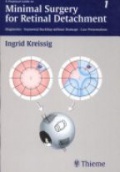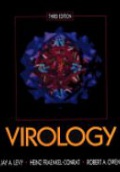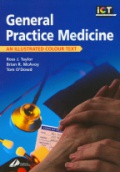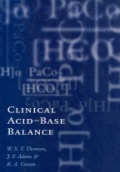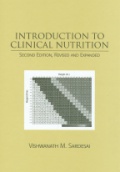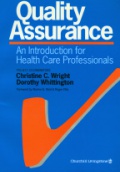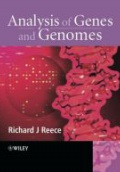
Introduction to Bioinformatics
ISBN: 0199277877
Vydavatelství: Oxford UP
Rok vydání: 2005
Nárok na dopravu zdarma
On 26 June 2000, the completion of the draft sequence of the Human Genome saw the sciences of biology and medicine change forever. It promised new insights into our genetic make-up, how our genes shape who we are, and how we function, and new possibilities for an improved quality of life, exploiting new knowledge to design novel, more effective drugs. At the heart of this breakthrough lies a scientific discipline which is now one of the most important information gathering, data-mining, and knowledge-building tools in current research and healthcare development: bioinformatics.
Written by a pioneer of the use of bioinformatics in research, Introduction to Bioinformatics 2/e introduces the student to the power of bioinformatics as a set of scientific tools. The book explains how to access the data archives of genomes and proteins, and the kind of questions these data and tools can answer - how to make inferences from the data archives, to make connections among them, and to derive useful and interesting predictions.
Retaining and enhancing the rich pedagogy and lucid presentation of the first edition, the book is accompanied by a fully integrated Companion Web Site, encouraging students to explore the computational tools of bioinformatics in a relevant and stimulating way. Companion Web Site
- Figures from the book available to download, to facilitate lecture slide preparation
- Web link library of all URLs cited in the book, and hyperlinks to a wide range of further reading articles, to give students ready access to these resources
- Links to PDB structures of all proteins cited in the book, to enable students to investigate the 3D structures of proteins in a visual, interactive way
- Data from the book in computer-readable form, which is available for instant use to facilitate hands-on learning by the student
- Guidance to help students answer problems from the text, to support and encourage self-learning Synopsis
On 26 June 2000, the completion of the draft sequence of the Human Genome saw the sciences of biology and medicine change forever. It promised new insights into our genetic make-up, how our genes shape who we are, and how we function, and new possibilities for an improved quality of life, exploiting new knowledge to design novel, more effective drugs. At the heart of this breakthrough lies a scientific discipline which is now one of the most important information gathering, data-mining, and knowledge-building tools in current research and healthcare development: bioinformatics. Written by a pioneer of the use of bioinformatics in research, Introduction to Bioinformatics 2/e introduces the student to the power of bioinformatics as a set of scientific tools. The book explains how to access the data archives of genomes and proteins, and the kind of questions these data and tools can answer - how to make inferences from the data archives, to make connections among them, and to derive useful and interesting predictions. Retaining and enhancing the rich pedagogy and lucid presentation of the first edition, the book is accompanied by a fully integrated Companion Web Site, encouraging students to explore the computational tools of bioinformatics in a relevant and stimulating way. Companion Web Site - Figures from the book available to download, to facilitate lecture slide preparation - Web link library of all URLs cited in the book, and hyperlinks to a wide range of further reading articles, to give students ready access to these resources - Links to PDB structures of all proteins cited in the book, to enable students to investigate the 3D structures of proteins in a visual, interactive way - Data from the book in computer-readable form, which is available for instant use to facilitate hands-on learning by the student - Guidance to help students answer problems from the text, to support and encourage self-learning






